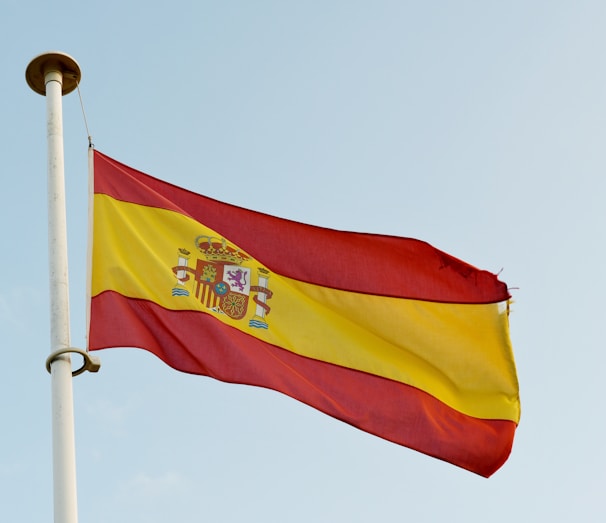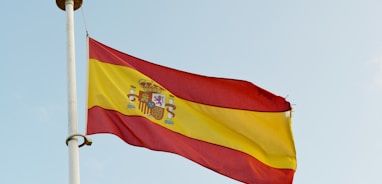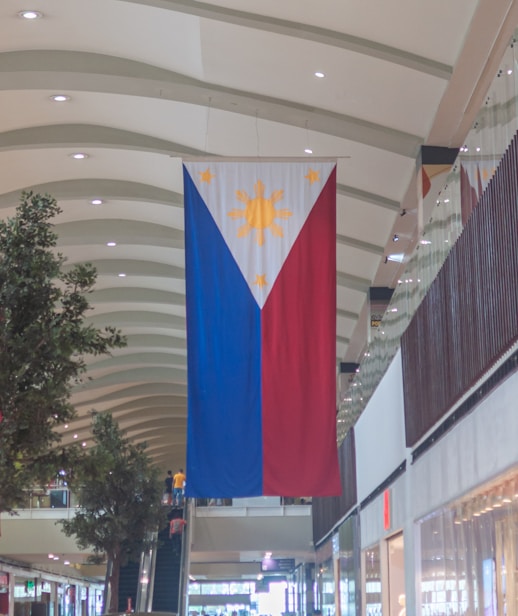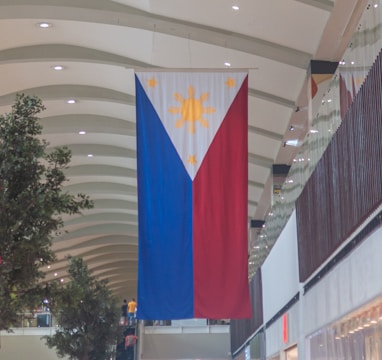Early History
Original Settlers Aetas
The island's original settlers were the Aetas, also known as Ati or Ita. They were believed to have descended from the Orang Asli, the aboriginal people of the Malay Peninsula. The Aetas migrated to the Philippines during the Paleolithic period using land bridges that connected the archipelago to mainland Asia. They settled in various areas of Panay Island and the southern part of Tablas Island, including Carabao Island, where San Jose is situated.




Spanish Colonial Era
Carabao Island, originally called "Hambil," was explored and conquered by the Spanish in 1570. Led by Martin de Goiti, a Spanish conquistador, and explorer, they arrived on the island with an expedition of 27 ships and around 280 Spaniards along with Visayan followers. The chief settlement of Agcogon was conquered, and the island was noted to have around 50 natives who were engaged in copper mining.
In 1571, the islands of Romblon, including Hambil Island, were organized into an encomienda and administered by Don Alvaro de Angulo from the province of Panay. Later, in 1582, when Miguel de Loarca visited the island, he renamed it "Isla de Carabao" or Carabao Island due to its resemblance to a water buffalo's back when seen from the horizon. In 1677, the first Spanish missionary, Fray Pedro Cubero Sebastian, arrived at Carabao Island to convert the natives to Roman Catholicism.
America
The war in the Philippines in 1898 was a complex and violent conflict involving Spain, the United States, and Filipino nationalists. It began as a rebellion against Spanish colonial rule in 1896 and became part of the Spanish-American War in 1898. A major event was the Battle of Manila in August 1898, where U.S. & Filipino forces seized control of the capital city from the Spanish.
In 1901, the Americans arrived in Romblon and established a civilian government. They attached Carabao and its two barrios to Santa Fe.
In 1940, the Philippine Congress passed Commonwealth Act No. 581, sponsored by Congressman Leonardo Festin, creating the special municipality of Tablas. This resulted in the abolition of all the previous municipalities in Tablas Island, which were incorporated into the newly formed municipality.


Our Independence
After World War II, the special municipality of Tablas was abolished in 1946 through Republic Act No. 38. As a result, the Santa Fe municipality was reinstated, and Carabao Island came under its administration. In April 1959, two new villages, Busay and Pinamihagan, were created through Republic Act No. 2144.
Carabao Island officially became a municipal district of Santa Fe in 1961, thanks to Republic Act No. 3423. Later, in June 1966, the island municipal district was renamed San Jose following Republic Act No. 4829. In 1968, a new village called Combot was added to the island, carved from portions of the Poblacion and Lanas villages.
Finally, in July 1968, San Jose was retroactively declared an independent municipality of Romblon by virtue of Executive Order No. 184.
Today, Carabao Island is politically subdivided into five barangays: Busay, Combot, Lanas, Pinamihagan, and Poblacion* (Agcogon).
NOTE: Poblacion, "town" or "settlement" in Spanish, is the common term used for the administrative center, central downtown, or CBD of a Philippine City or municipality.

